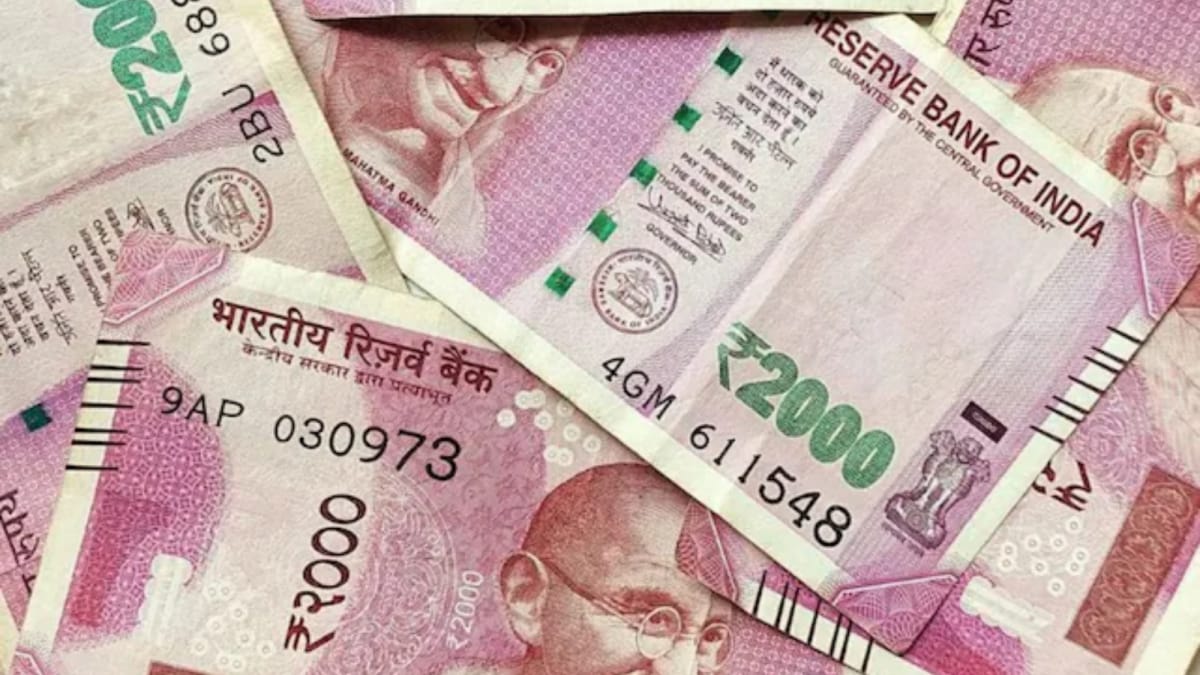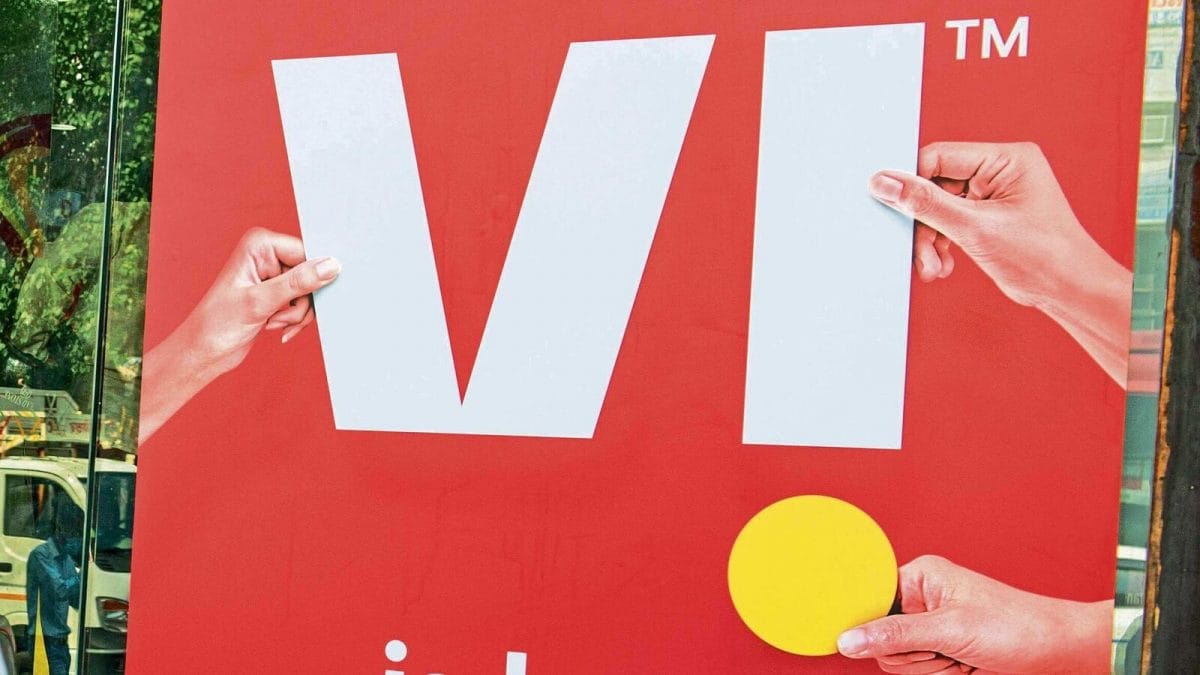Last Updated:
Since October 9, 2023, banks no longer exchange Rs 2,000 notes. However, the RBI still provides this service at its 19 issue offices, including New Delhi, Mumbai, Bengaluru, Bhopal

The RBI withdrew the Rs 2,000 note under its ‘Clean Note Policy’, which aims to phase out old or rarely used denominations. (News18 Hindi)
The Reserve Bank of India (RBI) frequently revises its currency policies, and one significant move was the withdrawal of Rs 2,000 notes, announced on May 19, 2023. At the time of the announcement, the total value of these notes in circulation was Rs 3.56 lakh crore.
According to a Moneycontrol report, only Rs 6,017 crore worth of these notes remain in public hands, meaning over 98.31% have returned to the banking system.
Since October 9, 2023, banks have stopped exchanging Rs 2,000 notes. However, the RBI continues to provide the facility at its 19 issue offices located in: Ahmedabad, Bengaluru, Belapur, Bhopal, Bhubaneswar, Chandigarh, Chennai, Guwahati, Hyderabad, Jaipur, Jammu, Kanpur, Kolkata, Lucknow, Mumbai, Nagpur, New Delhi, Patna, and Thiruvananthapuram. At these offices, you can either deposit the notes directly or get the amount credited to your bank account.
How Can You Exchange Rs 2,000 Notes Now?
If you are not near one of these cities, you have another option: you can send your Rs 2,000 notes through your nearest post office to any of the RBI’s issue offices. To do this, you will need to fill out a form with your bank account details and note-specific information. A copy of your ID proof must also be enclosed. Once the RBI receives and verifies the notes, the corresponding amount will be credited to your account.
This facility is particularly helpful for those living in smaller towns or rural areas. While the Rs 2,000 note is still considered legal tender, it is rarely seen in circulation now.
Why Were Rs 2,000 Notes Withdrawn?
The RBI withdrew the Rs 2,000 note under its ‘Clean Note Policy’, which aims to phase out old or rarely used denominations. Introduced in November 2016 post-demonetisation to meet the currency shortage after the Rs 500 and Rs 1,000 notes were discontinued, the Rs 2,000 note was a stopgap measure.
However, printing of these notes stopped in 2018-19, as sufficient quantities of Rs 100, Rs 200, and Rs 500 notes had entered circulation. With the demand for smaller denominations being met, the RBI saw no further need for the Rs 2,000 note.
Hence, in line with its policy, the RBI gradually began removing them from the system, ensuring people could safely deposit or exchange them.
view comments
Read More






